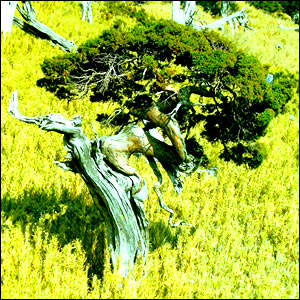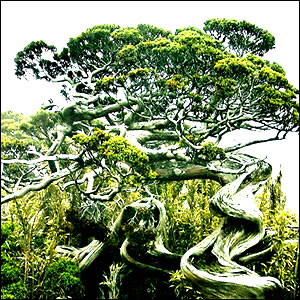If you get hooked on this absorbing hobby you will probably get more pleasure and certainly have something more rewarding and less expensive from creating beautiful bonsai yourself. Go to your local garden centre and choose something suitable for turning into a bonsai – it will not cost a fortune. Buying a tree with the potential to be trained into a bonsai and creating something you can be amazingly rewarding.
A beautiful bonsai does not have to be old – it can be a young tree of just a few years of age or an old, old tree reclaimed from a landfill or dug from a hedge (providing you have the landowners permission).



YAMADORI
- What does that little word mean? Where did this strange word first originate, what is the literal translation?
- Is it a word first used in association with bonsai or is it a word with quite a different meanings that has with time and tradition become associated with bonsai?
- A Japanese dictionary states that Yamadori means a ‘mountain way’ or ‘mountain path.’ Maybe that makes sense if that is where these amazing distorted trees were found, chewed by sheep, goats or other creatures of the mountains.
- We have now translated this to mean a tree collected from the wild.
Many species, often the most suitable for bonsai training, are very difficult or near impossible to find in a nursery be it a specialist nursey or a garden centre. Enthusiasts have found that trees most suited to their very specific requirements can most often be found in strange places.
- Nursery trees are cultivated to grow as rapidly as possible and generate money. This means that the trees most desired by the public are, in most cases, tall and straight— they do not have the desired quality for bonsai.
- Trees grown from seed or cuttings need decades to reach a quality similar to that of trees collected from nature. We cannot wait that long for results. The character of a tree will only develop with age.
A collected tree expresses the struggle for survival through its appearance and bark. This is very difficult to achieve with nursery material. Collected trees have a unique history, written expressly for each one of them, making them more interesting and much more desirable.
Where do you find these remarkable aged trees? Well you must look hard in many and varied places. Sometimes in a hedge that has been constantly cut back or nibbled by grazing animals until it has a gnarled and ancient trunk with many twisted and distorted branches near the base.
Along the path of forestry land where road clearers have trimmed back outwardly growing trees that in their determination to survive have re-sprouted only to be nibbled by hungry deer, given time producing some amazing results.
High up in craggy mountains where harsh climatic conditions have made survival a real struggle and these hanging in crevices become naturally distorted masterpieces. Is it any wonder they are so sort after? And very occasionally just in a skip left by a gardener landscaping a garden and throwing unwanted but very desirable material, if you are extremely lucky even with roots in tact.
You need to be lucky but these things are there to be found.
Web design: nysys